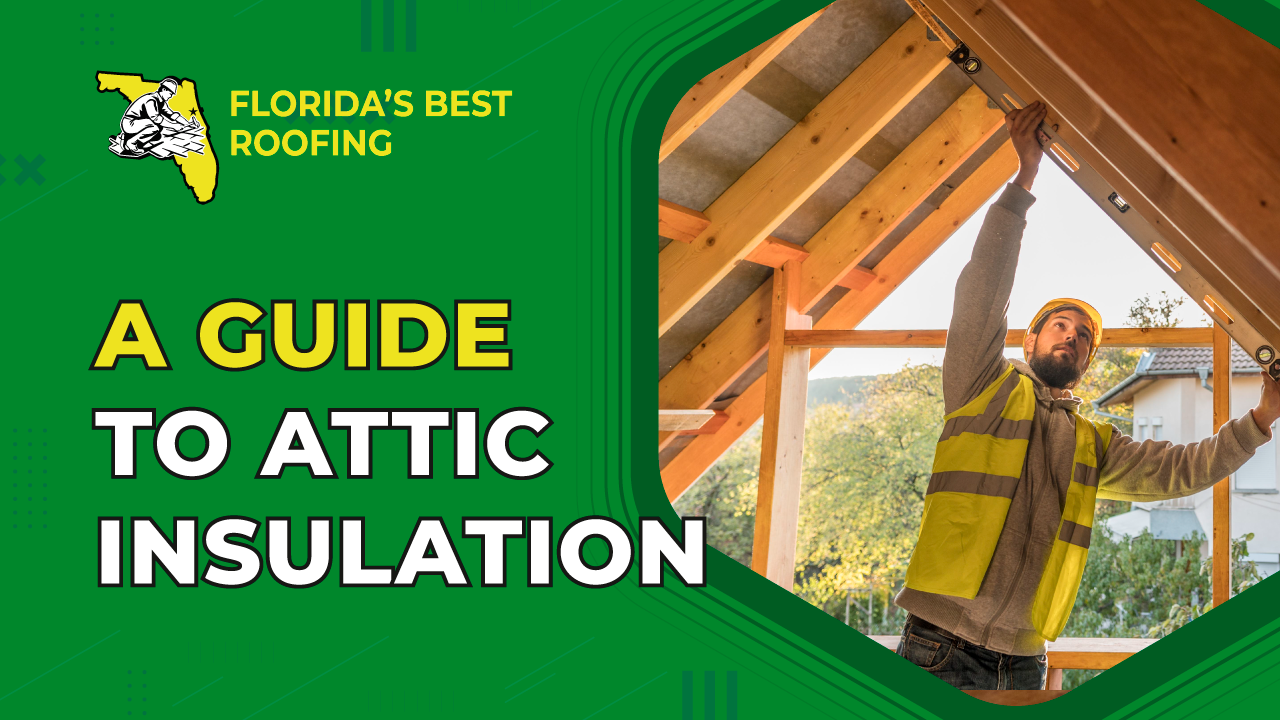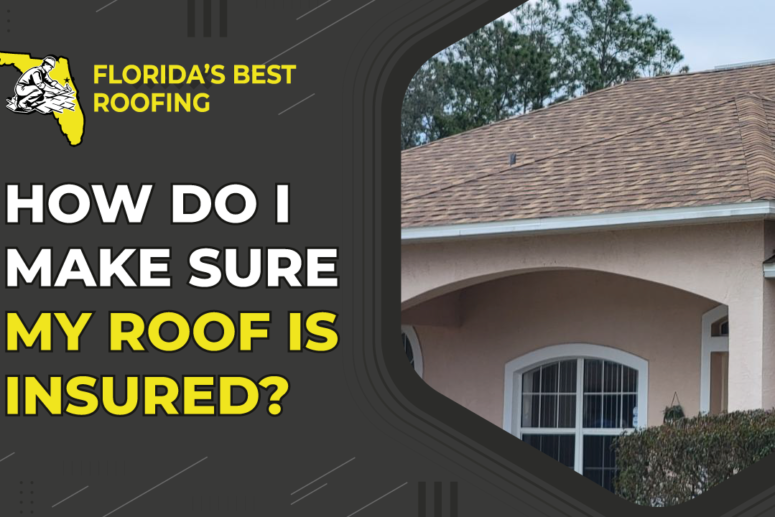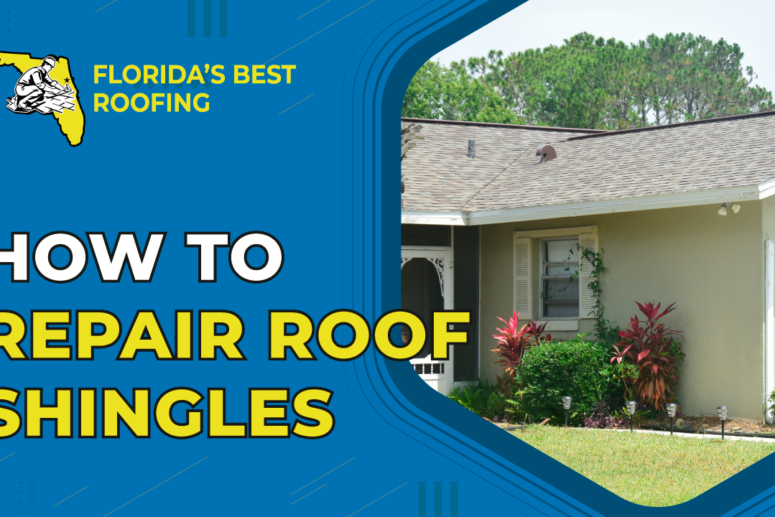While not strictly part of the roof, the attic (finished or unfinished) space works in concert with the roofing system to contribute to the protection of your home. When the attic space is unfinished, as most are in our region of Florida, homeowners spend very little time thinking about it and even less time up there. Perhaps you use it for storage, or climb up there if you notice a leak on your ceiling, but did you know that the attic plays a huge part in the temperature and weather control of your home? This occurs through the insulation that is added to the attic space during construction and perhaps may be replaced during renovation.
What is the Point of Attic Insulation?
Attic insulation helps regulate temperature control. That is, it helps keep the attic heat out of your interior in the summertime and traps the heat in the interior during the cooler winter months (or days, as few as there may be in central Florida). These functions of insulation save money on energy bills, whether it is air conditioning in the summer or heating in the cooler months. Different types of insulation have different benefits, like moisture resistance (to prevent mold or rot in humid climates), fire resistance (to slow down fire spread, if it happens), and ease of installation.
What Kinds of Insulation Are There?
The most common shape that insulation takes is batt. Batts are large rolled-up sheets that are held together by an adhesive vapor barrier like foil backing or paper. Batts are fairly easy to install and come in different kinds of materials. The most common material for batt insulation is fiberglass. Fiberglass is a material of spun glass fibers made of recycled materials and sand. They can resemble cotton candy in look and feel but by no means should they be treated like it. Fiberglass has the benefits of being highly moisture-resistant and fire-retardant. Batts can also be made of mineral wool, a great fire blocker burning only at above 1,800 degrees Fahrenheit and a very effective noise insulation, or denim insulation–recycled scraps of jeans. Denim insulation is gaining traction as it is wholly recycled and very environmentally conscious.
Another type of insulation is blow-in insulation, which can be made of fiberglass or cellulose. Blown-In insulation comes in chunks stored in large bags. A special machine is used to actually blow in (like a reverse vacuum) these chunks of insulation. It has the great advantage of being able to fill every nook and cranny of the attic space, even between irregular ceiling joists, around pipers and wiring, and in difficult to reach spaces or corners when the space between the roof and the attic floor is very narrow. Blow-in insulation is also one of the cheaper options. Fiberglass blow-in insulation has the same benefits as fiberglass batts, with better coverage. Blow-in cellulose insulation is made of finely shredded newspaper. This is perhaps the cheapest option, but it comes with a major downside. Cellulose is far from moisture resistant. As with any other paper product, it is by design a material that soaks up moisture, which can lead to mold and mildew build-up and insect or other critter infestations. There are chemical baths that should prevent this material from taking in moisture, but these are not always effective.
The last type of insulation we will discuss here is spray foam. Spray foam is perhaps the best-performing insulation there is, but it is also unsurprisingly the most expensive. As the name suggests, spray foam is a foam that is sprayed all over the attic space and afterward hardens into a solid insulation barrier. It is highly fire retardant, essentially impervious to moisture, a great sound barrier, and can even strengthen the building’s structure. The only downside of spray foam, besides its cost, is that once applied over pipes or wiring it makes those inaccessible for future repairs or renovations without extensive work to remove and then replace the insulation.
If you have any questions about roofs we would be happy to help you out. Florida’s Best Roofing, Inc. is a fully licensed (CCC 1325974) and insured, local roofing contractor with decades of experience. If you are interested in roof replacement or repair and you are in the Palm Coast, Flagler, or Volusia area, please give us a call at 386-263-7906 for a free estimate!



